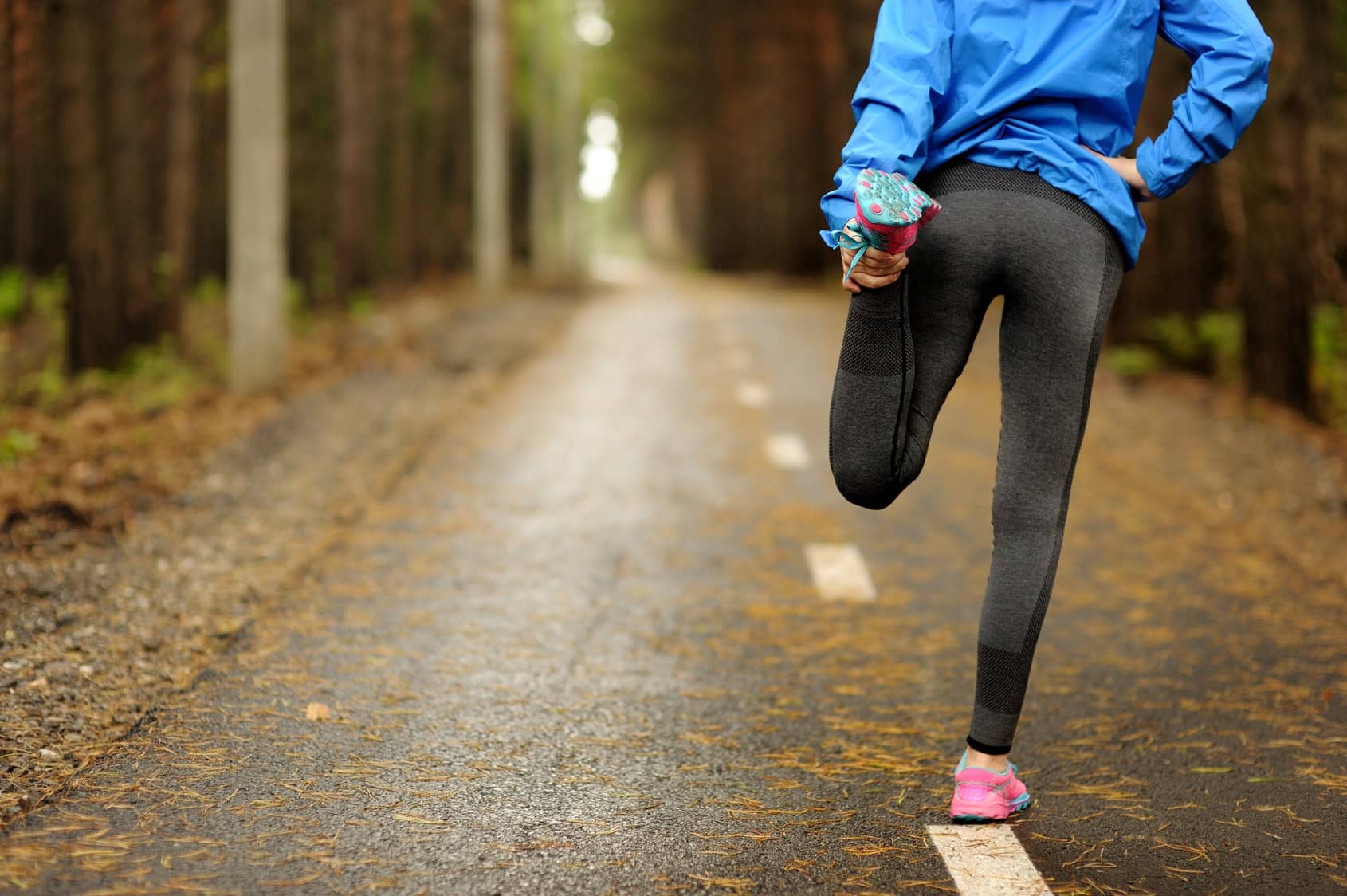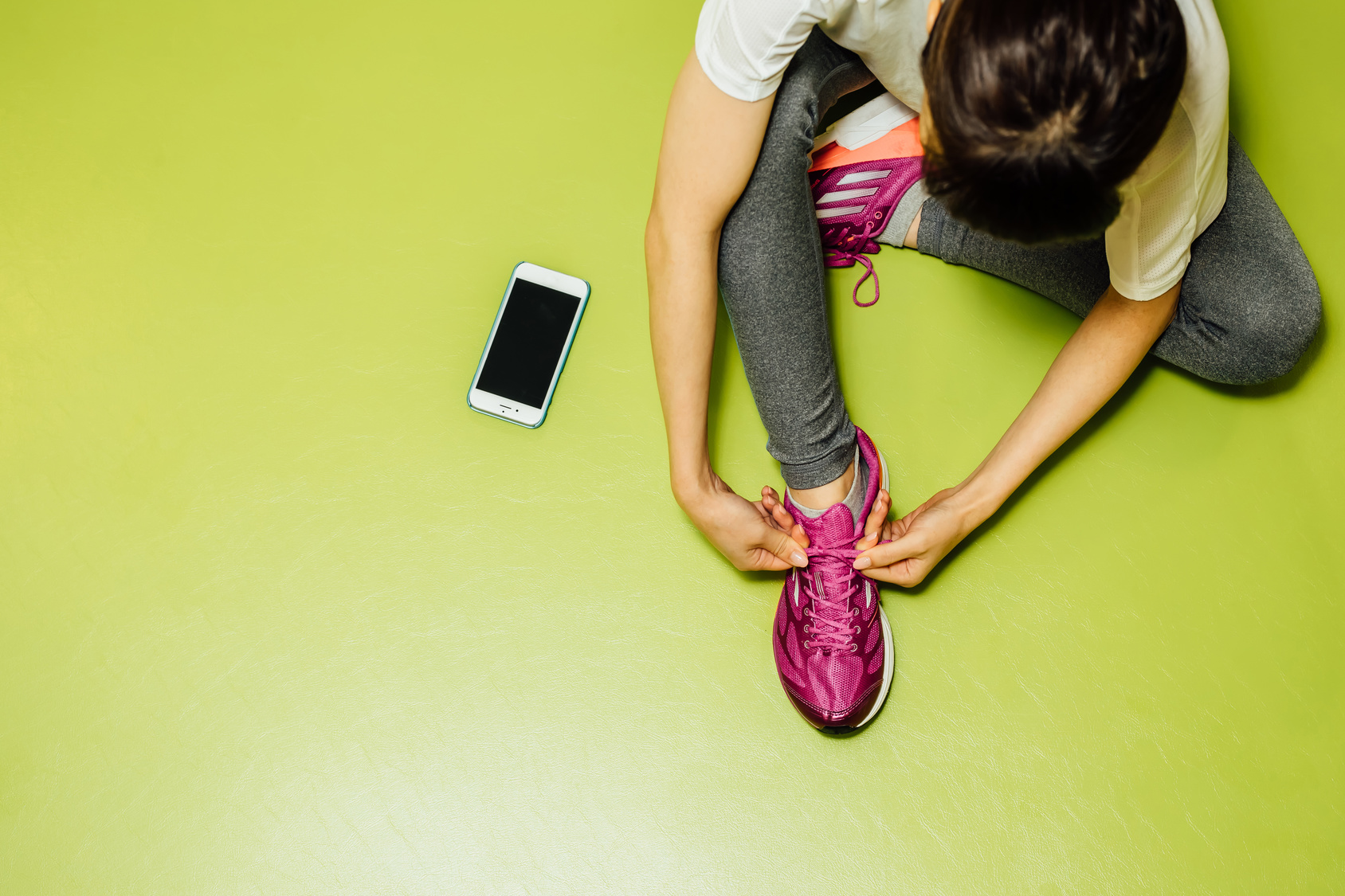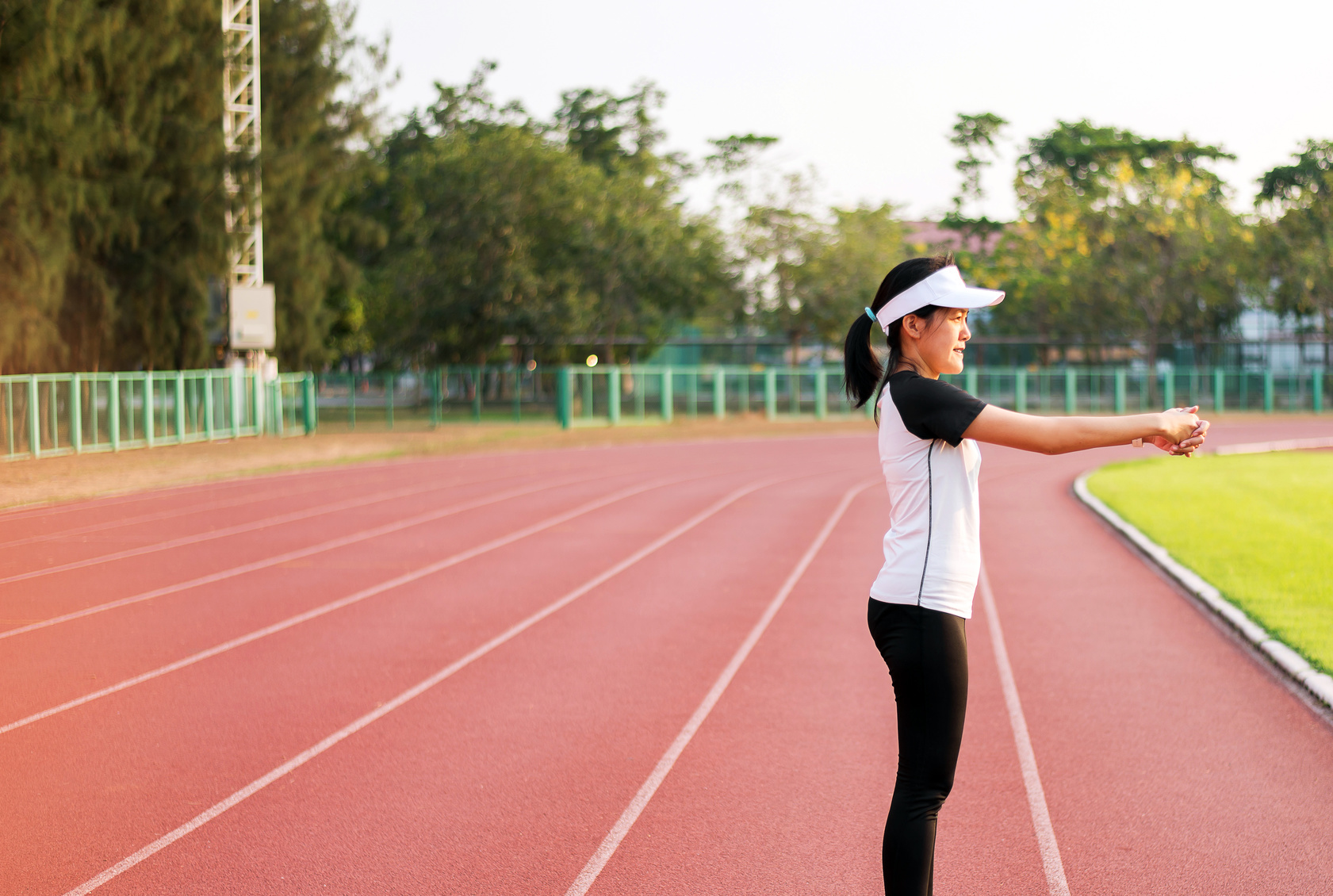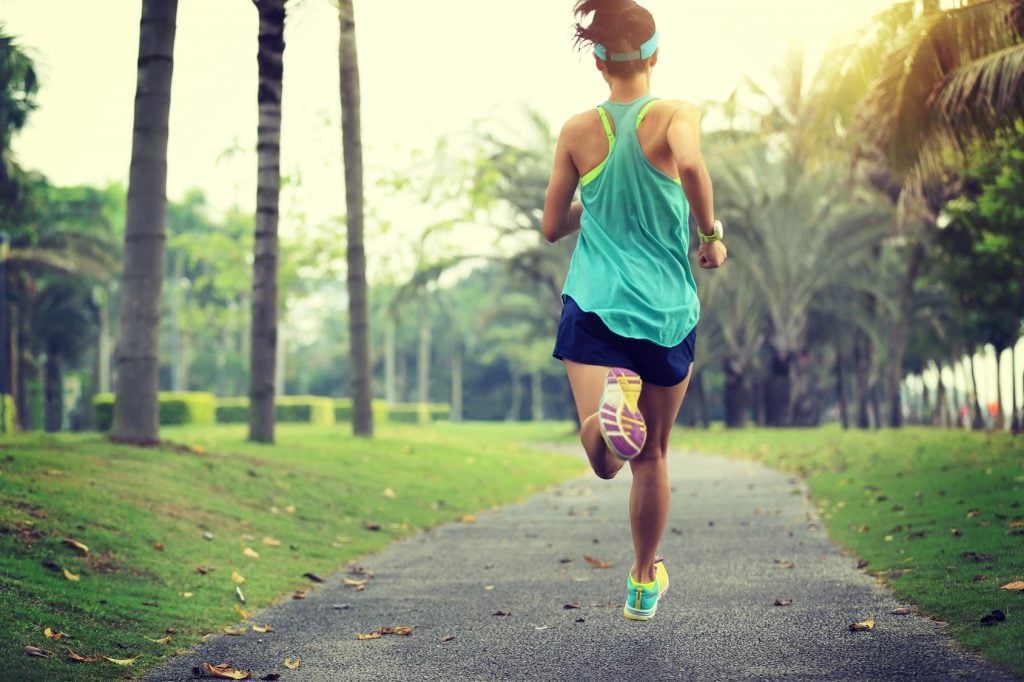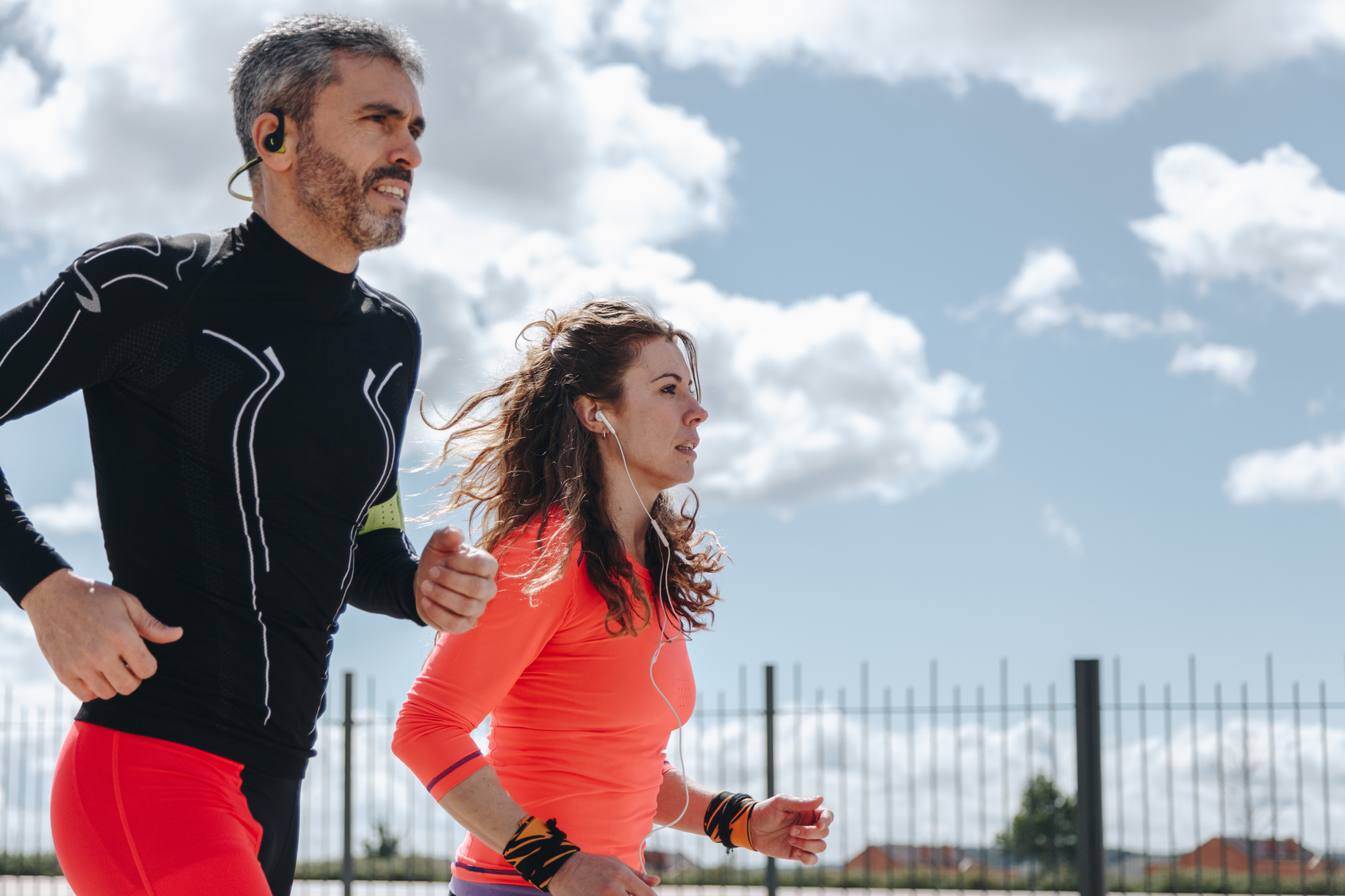Whether you’ve recently started running or you’re preparing for your 14th marathon, TRX training is an excellent cross-training tool to enhance your overall strength, endurance, and athletic performance.
Don’t get me wrong. While running more quality miles is undoubtedly crucial for reaching your full potential, there’s a limit to how far and fast you can go before things become monotonous.
The truth is, that TRX training is one of the most effective ways to improve the strength and mobility necessary to become a faster and more agile runner. Regardless of your running and fitness objectives, the following TRX exercises will help you establish a solid foundation and bolster all aspects of your athletic performance.
When integrated into your training regimen, TRX training exercises can enhance your power, build strength, increase flexibility, boost endurance, and more.
In this article, I’ll outline the key benefits of TRX training and share some runner-friendly TRX exercises to help you achieve your next personal record.
Let’s kick it up a notch!
What IS TRX Training?
TRX, which stands for Total Resistance Exercise Training, is a highly effective fitness system designed by former Navy Seal Randy Hetrick. He developed this system to address the need for a versatile and portable training method that can maintain fitness levels even in limited space and time constraints.
The fundamental principle behind TRX is quite straightforward: it leverages body weight and gravity to enhance muscular strength and endurance. TRX workouts typically involve performing a variety of movements, including push, pull, squat, lunge, rotation, hinge, and plank exercises. What makes TRX so appealing is that it allows anyone to engage in a robust workout using just this single piece of equipment.
Here are some key benefits of TRX training:
- Customizable Intensity: TRX workouts can be tailored to your fitness level. By adjusting your body’s position and angle, you can make exercises more or less challenging, making them suitable for both beginners and advanced athletes.
- Versatility: TRX offers a wide range of exercises that engage multiple muscle groups simultaneously. This versatility enables you to target different areas of the body and achieve a full-body workout in a short period.
- Portability: TRX suspension trainers are lightweight and portable, making them an ideal choice for individuals who travel frequently or have limited workout space at home. You can set up your TRX system almost anywhere with a secure anchor point.
- Core Engagement: Many TRX exercises inherently engage the core muscles, helping improve core strength and stability.
- Functional Fitness: TRX exercises often mimic natural body movements, promoting functional fitness that translates into improved everyday activities and sports performance.
- Balance and Flexibility: TRX workouts challenge your balance and flexibility, promoting a well-rounded approach to fitness.
- Time Efficiency: TRX workouts can be intense and efficient, making them suitable for individuals with busy schedules.
- Injury Prevention: TRX exercises emphasize proper form and body alignment, reducing the risk of injury.
Additional Resource – Here’s a strength training plan for runners.
Works Your Entire Body
TRX training is known for its ability to engage and work the entire body effectively. The instability created by suspending yourself in the air using the TRX bands requires your muscles to work hard to maintain stability and control throughout each exercise.
As a result, nearly all major muscle groups are activated during TRX workouts, making it a comprehensive full-body training system.
Here are some key muscle groups that are targeted during TRX training:
- Core Muscles: TRX exercises inherently engage the core muscles, including the abdominals, obliques, and lower back, to stabilize the body and maintain proper form.
- Upper Body: TRX exercises like rows, push-ups, and tricep extensions target the chest, shoulders, back, and arms.
- Lower Body: Squats, lunges, and hamstring curls work the quadriceps, hamstrings, glutes, and calves.
- Back and Postural Muscles: Exercises like rows and Y-flyes help strengthen the upper back and improve posture.
- Hip Muscles: Movements that involve hip abduction and adduction, such as leg lifts and hip presses, engage the hip muscles.
- Balance and Stabilization Muscles: TRX challenges balance and stability, which recruits various smaller stabilizer muscles throughout the body.
- Cardiovascular Endurance: Some TRX workouts can be quite intense, helping improve cardiovascular fitness as well.
- Ease of Use: TRX is user-friendly and requires minimal setup. Once you find a safe anchor point, you can start your workout right away. The simplicity of TRX exercises makes it accessible to individuals of all fitness levels, from beginners to advanced athletes.
- Low Impact: TRX exercises are low-impact, which means they are gentle on the joints and muscles. This makes TRX an ideal choice for individuals who want an effective workout without the added stress on their bodies, especially if they have joint issues or are recovering from injuries.
- Space Efficiency: TRX workouts don’t require a lot of space. You can use TRX in a small room or even outdoors, making it suitable for home workouts or crowded gym environments.
- Comprehensive Workouts: With TRX, you can perform strength training, flexibility exercises, core workouts, and even cardiovascular exercises. It offers a well-rounded fitness solution in a single piece of equipment.
The 7 Best TRX Exercises For Runners
Without further ado, here are the top TRX exercises for runners.
Enjoy!
TRX Exercise For Runners – 1. TRX Plank
The TRX plank is an effective core-strengthening exercise that engages multiple muscle groups. Here’s a step-by-step guide on how to perform the TRX plank:
Equipment Needed: TRX suspension trainer
Adjust the Straps: Begin by adjusting the TRX straps to mid-calf length. Ensure that the straps are evenly adjusted on both sides.
Set Up Position: Stand facing away from the anchor point of the TRX. Kneel down on the floor and position yourself on your forearms. Your elbows should be directly below your shoulders.
Secure Feet: Place your toes into the foot cradles of the TRX straps. Make sure the foot cradles align with the middle of your calves.
Maintain Proper Alignment: Keep your head in line with your shoulders, creating a straight line from your head to your shoulders, hips, and ankles. Your body should form a plank-like position.
Engage Core: Activate your core muscles by pulling your navel toward your spine. This will help stabilize your body during the exercise.
Lift Knees: Lift your knees off the floor, maintaining a straight line from your head to your ankles. Your hips should be in line with your head and shoulders. Keep your glutes tight and your shoulder blades slightly apart throughout the exercise.
Hold the Position: Maintain the plank position for the desired duration. Start with one minute and gradually increase the time as you build strength and endurance.
Lower Knees: To complete one set, slowly lower your knees back to the floor while maintaining control and stability.
TRX Exercise For Runners – 2. TRX Suspended Lunge
The TRX Suspended Lunge is a challenging lower-body exercise that targets the quadriceps, hamstrings, glutes, and calves while also engaging the core for stability. Here’s how to perform it:
Equipment Needed: TRX suspension trainer
Adjust the Straps: Start by adjusting the TRX straps to an appropriate length. Ensure that the straps are evenly adjusted on both sides.
Position the Foot Cradles: Line up the foot cradles of the TRX with the middle of your calves. This ensures proper alignment during the exercise.
Set Up: Stand facing away from an anchor point, such as a wall, with your feet hip-width apart. Place your left foot into both TRX foot cradles, securing it in place.
Lunge Position: Step your right foot forward to get into a single-leg lunge position. Your right knee should be bent at a 90-degree angle, and your right shin should be perpendicular to the floor. Keep your chest up and shoulders back.
Execute the Lunge: Slowly lower your body into the lunge position by bending your right knee and sending your left foot backward. Lower yourself until your rear knee is almost touching the floor or hovering just above it.
Push and Return: Push through the heel of your right foot to rise back up to the starting position. Keep your core engaged for balance and stability.
Complete Repetitions: Perform 8-10 repetitions on one leg (right leg forward) to complete one set.
Switch Legs: Rest for about 30 seconds, then switch to the other leg (left leg forward) and repeat the exercise for 8-10 repetitions.
Additional Sets: Complete two more sets, resting for 30 seconds between sets.
TRX Exercise For Runners – 3. TRX Squat Jump
The TRX Squat Jump is an explosive lower-body exercise that combines squats with a vertical jump, providing a full-body workout. Here’s how to perform it:
Equipment Needed: TRX suspension trainer
Adjust the Straps: Start by adjusting the TRX straps to an appropriate length. Set them to mid-calf length and ensure that they are evenly adjusted on both sides.
Stand Facing the Anchor Point: Stand facing the anchor point of the TRX with your feet shoulder-width apart. Hold the TRX handles with your palms facing inward.
Squat Position: Begin the exercise by squatting down towards the floor while keeping your chest up, back straight, and hips pushed back. Your knees should be in line with your toes, and your thighs should be parallel to the floor. This is the starting position.
Jump Explosively: From the squat position, explode upward by extending your hips, knees, and ankles simultaneously. Jump as high as you can while keeping your arms extended.
Control the Landing: As you reach the peak of your jump, begin to descend back to the ground. Bend your knees to control the landing and ensure a soft, controlled landing.
Complete Repetitions: Perform 6 to 8 squat jumps in a controlled manner to complete one set. Focus on quality jumps rather than speed.
Rest and Repeat: Rest for approximately 30 seconds between sets.
Additional Sets: Perform two more sets of 6 to 8 reps each, with a 30-second rest between sets.
TRX Exercise For Runners – 3. TRX Single Leg Squat
The TRX Single Leg Squat is an excellent exercise for building strength and stability in your lower body, particularly your quadriceps, hamstrings, glutes, and core. Here’s how to perform it:
Equipment Needed: TRX suspension trainer
Adjust the Straps: Start by adjusting the TRX straps to an appropriate length. Ensure that they are evenly adjusted on both sides.
Stand Facing the Anchor Point: Stand facing the anchor point of the TRX with your feet hip-width apart. Hold a TRX handle in each hand with your elbows under your shoulders.
Single Leg Position: Lift your right leg straight in front of you, with your toes pointed upward. Keep the leg elevated throughout the exercise.
Squat Down: Begin the exercise by squatting down while maintaining your balance on your left leg. Lower your hips and torso while keeping your chest up and core engaged.
Knee Alignment: Ensure that your left knee stays aligned over your left ankle and doesn’t go too far forward during the squat.
Focus on Heel: Most of your weight should be on your planted left leg. Focus on driving up through your left heel as you extend your hips and return to a standing position.
Repeat on Both Sides: After completing the desired number of repetitions on your left leg, switch to your right leg and perform the same number of reps.
Complete Repetitions: Aim to perform 6 to 8 reps on each leg to complete one set. Maintain control and balance throughout the movement.
Rest and Repeat: Rest for approximately 30 seconds between sets.
Additional Sets: Perform two more sets, focusing on maintaining proper form and balance.
TRX Exercise For Runners – 4. TRX Atomic Pushup
The TRX Atomic Pushup is a challenging full-body exercise that combines a push-up with a knee tuck. It targets multiple muscle groups, including the chest, shoulders, triceps, core, and hip flexors. Here’s how to perform it:
Equipment Needed: TRX suspension trainer
Adjust the Straps: Start by adjusting the TRX straps to an appropriate length and ensuring that they are evenly adjusted on both sides.
Plank Position: Begin in a plank position with your feet suspended in the TRX straps. Your hands should be directly under your shoulders, forming a straight line from your head to your heels. Engage your core, tighten your glutes, and maintain a stable shoulder position.
Push-Up: Lower your chest toward the floor by bending your arms and performing a push-up. Keep your elbows close to your sides and maintain a straight body position. Lower yourself as far as your strength allows.
Knee Tuck: After completing the push-up, shift your weight forward slightly, bringing your knees toward your chest. Engage your abdominal muscles to tuck your knees as close to your chest as possible.
Return to Plank: Extend your legs back to the starting plank position, ensuring that your hips are in line with your shoulders and your body forms a straight line. This completes one repetition.
Repeat: Perform 6 to 8 repetitions of the TRX Atomic Pushup in a controlled manner, maintaining proper form throughout.
Sets: Complete two more sets with a brief rest (approximately 30 seconds) between sets.
Additional resource – Clamshells for runners
TRX Exercise For Runners – 5. TRX Sprinters Start
The TRX Sprinter’s Start is a challenging exercise that targets the core, hip flexors, and lower body while also improving balance and coordination. Here’s how to perform it:
Equipment Needed: TRX suspension trainer
Adjust the Straps: Start by adjusting the TRX straps to an appropriate length and ensuring that they are evenly adjusted on both sides.
Initial Position: Begin in a standing plank position facing away from the anchor point. Hold the TRX handles with your arms fully extended, forming a straight line from your head to your heels. Your body should be at a 45-degree angle from the ground.
Sprinter Position: From the initial position, begin to walk your feet forward toward the anchor point while maintaining the 45-degree angle. Keep your body straight and engaged.
Step Back: Once your feet are closer to the anchor point, step your right foot back, positioning it behind you. Bend your left knee, bringing it toward your chest in a sprinter-like stance. Your right leg should be extended behind you.
Engage Core: Engage your core muscles to help stabilize your body in this sprinter position. Maintain a strong and balanced posture.
Return to Plank: To complete one repetition, return to the initial standing plank position by reversing the movements. Step your right foot forward, extending both legs and walk your feet back to the 45-degree angle plank.
Alternate Sides: After completing a set with your right leg back, switch to the left leg back for the next set. This ensures balanced training for both sides.
Repetitions: Perform 6 to 8 repetitions on each leg, alternating sides, for one set.
Sets: Complete two more sets with a brief rest (approximately 30 seconds) between sets.
TRX Exercise For Runners – 6. TRX Squat To Row
The TRX Squat to Row is a compound exercise that combines squats with a rowing motion, targeting multiple muscle groups, including the legs, back, and core. Here’s how to perform it:
Equipment Needed: TRX suspension trainer
Adjust the Straps: Begin by setting the TRX straps to mid-length. Ensure that they are evenly adjusted on both sides of the anchor point.
Initial Position: Stand facing the anchor point with your feet shoulder-width apart. Hold both TRX handles with an overhand grip (palms facing each other) and extend your arms fully in front of you.
Lean Back: Lean back to approximately a 45-degree angle while keeping your arms extended. Your body should form a straight line from your head to your heels. Adjust your stance by walking your feet in closer to the anchor point, creating tension in the straps.
Squat: From the leaned-back position, initiate the movement by bending your knees and hips to lower into a squat. Keep your weight on your heels, chest up, and core engaged.
Row: As you begin to rise from the squat, simultaneously bend your elbows and pull your chest toward your hands, performing a rowing motion. Focus on squeezing your shoulder blades together during the row.
Return to Squat: After completing the row, straighten your arms and return to the squat position.
Complete the Repetitions: Continue the squat-to-row movement for 30 seconds, performing as many repetitions as possible with proper form.
Rest: Rest for 20 seconds before transitioning to the next set.
Repeat Sets: Perform 8 to 10 repetitions (or as many as possible in 30 seconds) for one set. Complete two more sets with a 30 to 45-second rest between sets.
Additional resource – Single leg bridge technique

